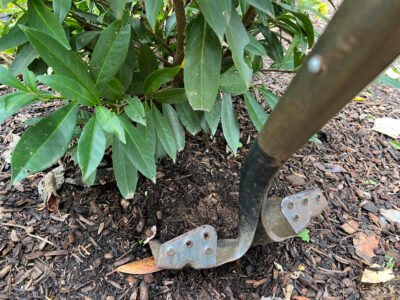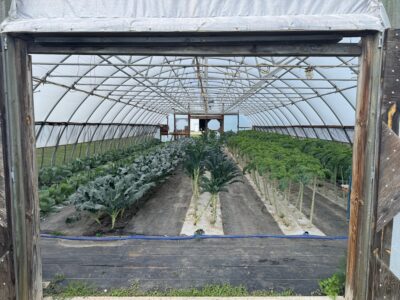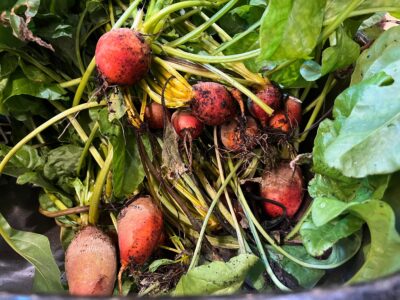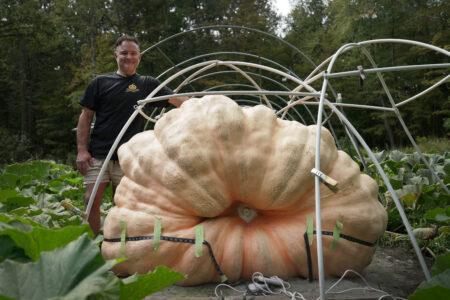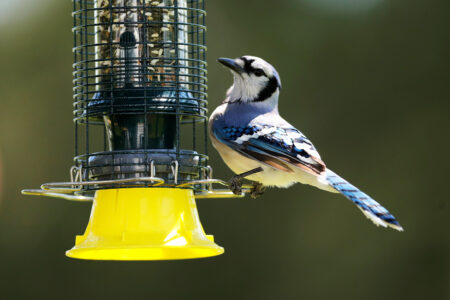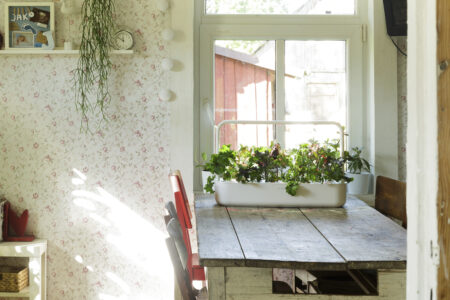Using the Native Plants of North America Database
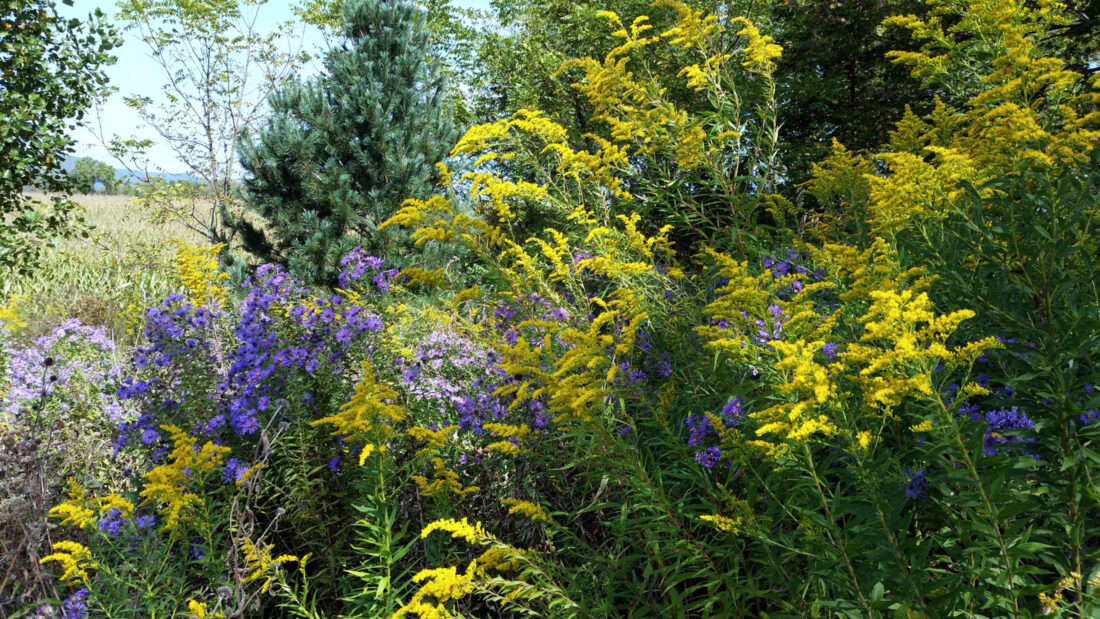
PHOTO BY DEBRA BURROWS Detailed descriptions of wildflowers such as these are available in the Native Plants of North America database available through the Lady Bird Johnson Wildflower Center.
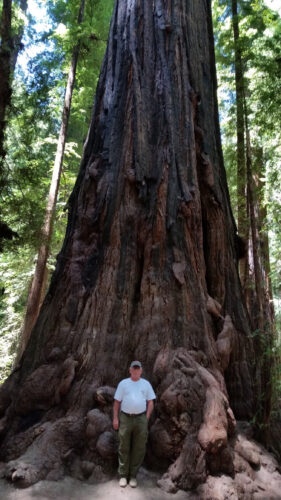
PHOTO BY DEBRA BURROWS
This photo captures the breathtaking size of a redwood tree compared to the man standing beneath it.
Interest in native plants has grown considerably in recent years due to increased awareness of the important role they play in supporting pollinators and other wildlife, as well as their part in the food chain and the overall web of life on Earth.
With tens of thousands of native plants in North America alone, there is a real need for accurate information about which plants are native to which areas of the country, their characteristics, their relationship to insects and birds and how to identify, select and grow them.
One of the most useful sources of information on native plants that I’ve found is The Lady Bird Johnson Wildflower Center. As its name suggests, it is part of the enduring legacy of former First Lady Lady Bird Johnson.
I first heard of her when I was a child in the 1960s. I remember thinking that she had a very unusual name. At the time, she was the wife of the President of the United States and, as First Lady, was going to focus on beautifying the country. It turns out she did a lot more than that.
Mrs. Johnson’s definition of “beautification” was expansive. She is quoted as saying, “Though the word beautification makes the concept sound merely cosmetic, it involves much more: clean water, clean air, clean roadsides, safe waste disposal and preservation of valued old landmarks as well as great parks and wilderness areas. To me… beautification means our total concern for the physical and human quality we pass on to our children and the future” (www.ladybirdjohnson.org/quotes).
Mrs. Johnson advocated for the expansion of the national park system, clean-up of roadsides and blighted neighborhoods, preservation of wild spaces, inclusion of native plants in our landscapes, conservation and much more. At a time when the country was rapidly developing and building, she reminded us that we receive many benefits from our natural environment and we should protect and respect it so that future generations can enjoy it.
One of her many accomplishments, and one which is of particular interest to gardeners, was the co-founding, along with her friend Helen Hayes, of the National Wildflower Research Center in 1982. The center became a part of the University of Texas at Austin in 2006 and has grown to include more than 200 acres of gardens, natural areas, research and educational facilities, as well as a website that is an essential resource for anyone interested in native plants. It was renamed the Lady Bird Johnson Wildflower Center.
The center’s website provides free access to the Native Plants of North America database at www.wildflower.org/plants/, which contains detailed information on thousands of native plants. It is a useful tool for those interested in adding native plants to their landscapes or simply learning more about them. Users can type in the common or botanical name of a plant to obtain detailed descriptions, photos, growing conditions, native range, value to wildlife, and links to related research and information from other sources.
In addition, the database has a combination search feature that allows the user to enter the plant’s characteristics as a means of identifying it. Also available is a gallery of tens of thousands of images of native plants.
The Wildflower Center’s website has a “How to” component at www.wildflower.org/learn/how-to which provides information and instructions on a variety of topics such as collecting and storing seeds, planting a wildflower meadow, growing native plants in containers, mulching, creating a butterfly garden, disposing of invasive plants, and more.
Another useful feature of the website is the Plant Lists and Collections section at www.wildflower.org/collections/. Here gardeners can find lists of native plant species recommended for their specific states as well as directories of native plant suppliers in those states. Also available are state-specific lists of native plant societies, conservation associations, and other organizations.
The Wildflower Center is just one of Mrs. Johnson’s many accomplishments. The improvements she brought about have become part of the fabric of our country. I was reminded of this on a visit to Redwood National Park in California a few years ago. Walking through an awe-inspiring grove of giant redwood trees, I came upon a plaque dedicated to Mrs. Johnson in recognition of her efforts to preserve the redwood trees. As a gardener and conservationist, I am very grateful for all she did to preserve and beautify the country for my generation and generations to come.
— — — —
Debra C. Burrows, PhD is a retired Penn State Extension Educator and a certified Master Gardener. She can be reached at dcb3@psu.edu.

